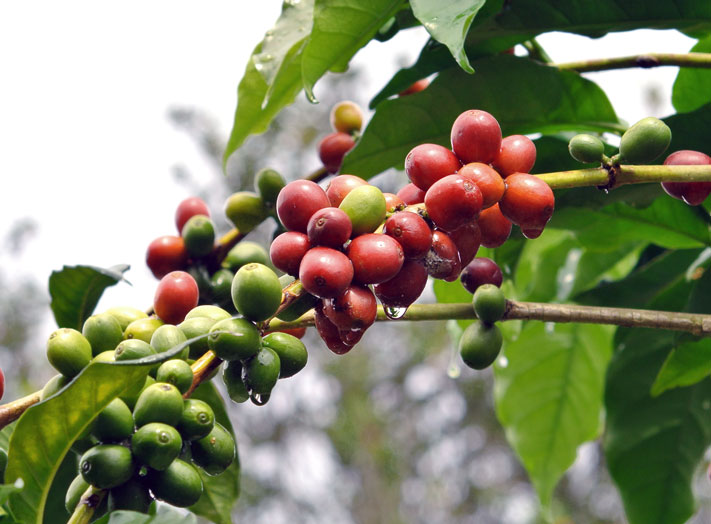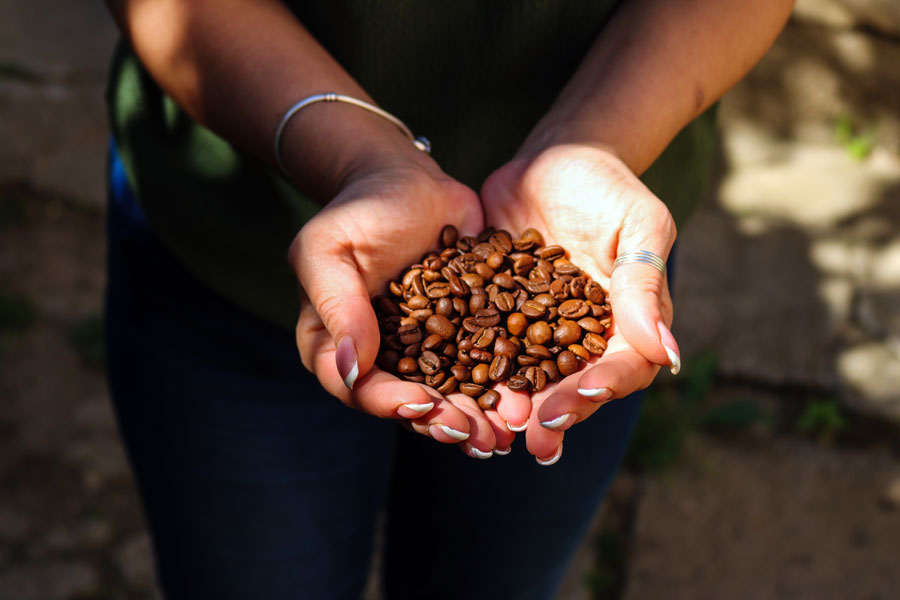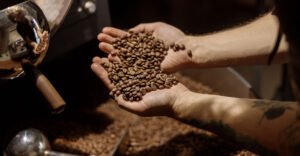Coffee is a beloved beverage enjoyed by millions of people across the globe. It is cherished for its rich flavor and energizing properties, making it a staple in many households and workplaces. But have you ever wondered where this delightful drink comes from? The answer lies in the coffee plant, a fascinating species with a range of unique varieties. In this article, we will explore the diverse world of coffee plants, focusing on two of the most popular types: Arabica and Robusta.
Let’s begin by understanding what a coffee plant is and then dive into the distinct characteristics of these varieties.
Understanding the Coffee Plant
A coffee plant is a small, evergreen shrub belonging to the Rubiaceae family. It is native to tropical regions of Africa, specifically the area around Ethiopia and Sudan. Over time, the cultivation of coffee plants has spread across the world, with numerous varieties developed to suit different climates and preferences.

The beans produced by these plants are harvested, processed, and roasted to create the coffee we know and love.
Delving into the Distinct Varieties of Coffee Plant
There are numerous varieties of coffee plants, each with its unique properties and flavors. However, two of the most popular and widely cultivated varieties are Arabica (Coffea arabica) and Robusta (Coffea canephora). Let’s take a closer look at each of these varieties and explore their origins, characteristics, and popularity among consumers.
The Arabica Coffee Plant: A Flavorful Favorite

Tracing the Roots of Arabica Coffee
The Arabica coffee plant is believed to have originated in the highlands of Ethiopia, where it was first discovered and consumed by humans. According to legend, a goat herder named Kaldi noticed that his goats became more energetic after eating the red berries of a particular plant.
Curious about the effects, he tried the berries himself and experienced a similar boost in energy. This discovery eventually led to the cultivation and consumption of coffee, with Arabica being the first variety to be domesticated.
Unveiling the Traits of the Arabica Plant
The Arabica coffee plant is characterized by its relatively large, oval-shaped leaves and its small, white flowers that emit a sweet fragrance. The plant produces red or purple cherries, each containing two coffee beans. Arabica plants are generally grown at high elevations, between 2,000 and 6,000 feet above sea level, and require a temperate climate with plenty of rainfall.
In terms of taste, Arabica beans are known for their bright, fruity, and floral flavors, with a mild acidity and a hint of wine-like notes. They have a lower caffeine content compared to other varieties, such as Robusta, making them a more delicate and refined option for coffee connoisseurs.
Arabica’s Widespread Appeal
Arabica coffee is the most popular and widely consumed variety globally, accounting for around 60-70% of the world’s coffee production. Its smooth, well-balanced flavor profile and delicate aroma make it a favorite among consumers and a preferred choice for specialty coffee shops and high-quality blends.
Robusta Coffee Plant: A Bold and Robust Choice
Discovering the Origins of Robusta Coffee
Robusta coffee plants are native to western and central Africa, predominantly found in countries such as Guinea, Uganda, and the Democratic Republic of Congo. The plant was first identified in the late 19th century, and its cultivation spread rapidly due to its resistance to disease and ability to grow in a variety of environments.
Revealing the Features of the Robusta Plant

The Robusta plant is characterized by its smaller and rounder leaves compared to Arabica, as well as its yellowish-white flowers. The cherries produced by Robusta plants are also slightly smaller, and the beans have a more oval shape. Robusta plants are more resilient and adaptable than their Arabica counterparts, capable of growing at lower elevations and in less favorable conditions.
When it comes to taste, Robusta beans are known for their bold, earthy, and bitter flavors, with a notable nutty and chocolatey undertone. They have a higher caffeine content, making them a more robust and energizing choice for those seeking a stronger cup of coffee.
Robusta’s Growing Popularity
While not as widely consumed as Arabica, Robusta coffee has experienced a surge in popularity in recent years. This is partly due to its lower cost and higher yield, making it an attractive option for large-scale production and commercial blends. Additionally, the strong, bold flavors of Robusta coffee have gained appreciation among some coffee enthusiasts, particularly in espresso-based drinks, where the rich crema and robust taste are highly valued.
Conclusion: Embrace the Diversity of Coffee Plants
As we have explored in this article, the world of coffee plants is incredibly diverse, with each variety offering its unique characteristics and flavors. The Arabica coffee plant, with its delicate and fruity notes, is a favorite among most consumers and specialty coffee shops. On the other hand, the Robusta coffee plant, known for its bold and robust flavors, is gaining popularity for its resilience and suitability for espresso-based drinks.
By understanding the differences between these two popular coffee plant varieties and appreciating their unique qualities, we can better enjoy the rich and complex world of coffee. So the next time you brew a cup, take a moment to think about the coffee plant behind your favorite beverage and the journey it took to bring you that delightful taste and aroma.








